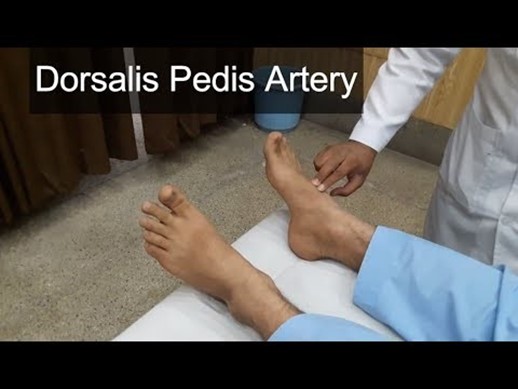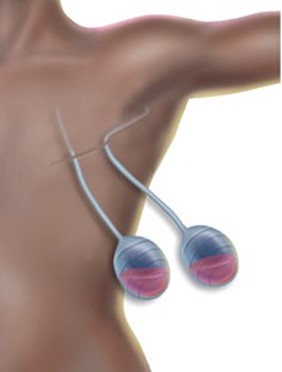A nurse is caring for a client who is 6 hours postoperative following the application of an external fixator for a tibial fracture.
Which of the following actions should the nurse take?
Wrap sterile gauze on the sharp point of the pins.
Adjust the clamps on the fixator frame.
Maintain the affected extremity in a dependent position.
Palpate the dorsalis pedis pulse.
The Correct Answer is D
The nurse should palpate the dorsalis pedis pulse.

This is to assess for peripheral neurovascular dysfunction, which is a potential complication of a tibial fracture.
Choice A, wrapping sterile gauze on the sharp point of the pins, is not an answer because it is not mentioned in the search results as an intervention for a client with an external fixator for a tibial fracture.
Choice B, adjusting the clamps on the fixator frame, is not an answer because it is not mentioned in the search results as an intervention for a client with an external fixator for a tibial fracture.
Choice C, maintaining the affected extremity in a dependent position, is not an answer because it is not mentioned in the search results as an intervention for a client with an external fixator for a tibial fracture.
Nursing Test Bank
Naxlex Comprehensive Predictor Exams
Related Questions
Correct Answer is C
Explanation
The statement “These crutches will make it possible to care for my child” indicates that the client is adapting to their role change by finding ways to continue fulfilling their responsibilities despite their injury.
Choice A is incorrect because it indicates that the client is concerned about not being able to fulfill their responsibilities.
Choice B is incorrect because it indicates that the client feels guilty about not being able to fulfill their responsibilities.
Choice D is incorrect because it indicates that the client is relying on someone else to fulfill their responsibilities.
Correct Answer is D
Explanation
“I should expect less than 25 mL of secretions per day in the drainage devices.” After a mastectomy with breast reconstruction using a tissue expander, you may go home with drains in your chest to remove extra fluid.

Choice A is wrong because performing strength-building arm exercises using a 15-pound weight is not recommended.
Choice B is wrong because waiting 2 months before additional saline can be added to the breast expander is not accurate.
Choice C is wrong because keeping the left arm flexed at the elbow as much as possible is not recommended.
Whether you are a student looking to ace your exams or a practicing nurse seeking to enhance your expertise , our nursing education contents will empower you with the confidence and competence to make a difference in the lives of patients and become a respected leader in the healthcare field.
Visit Naxlex, invest in your future and unlock endless possibilities with our unparalleled nursing education contents today
Report Wrong Answer on the Current Question
Do you disagree with the answer? If yes, what is your expected answer? Explain.
Kindly be descriptive with the issue you are facing.
